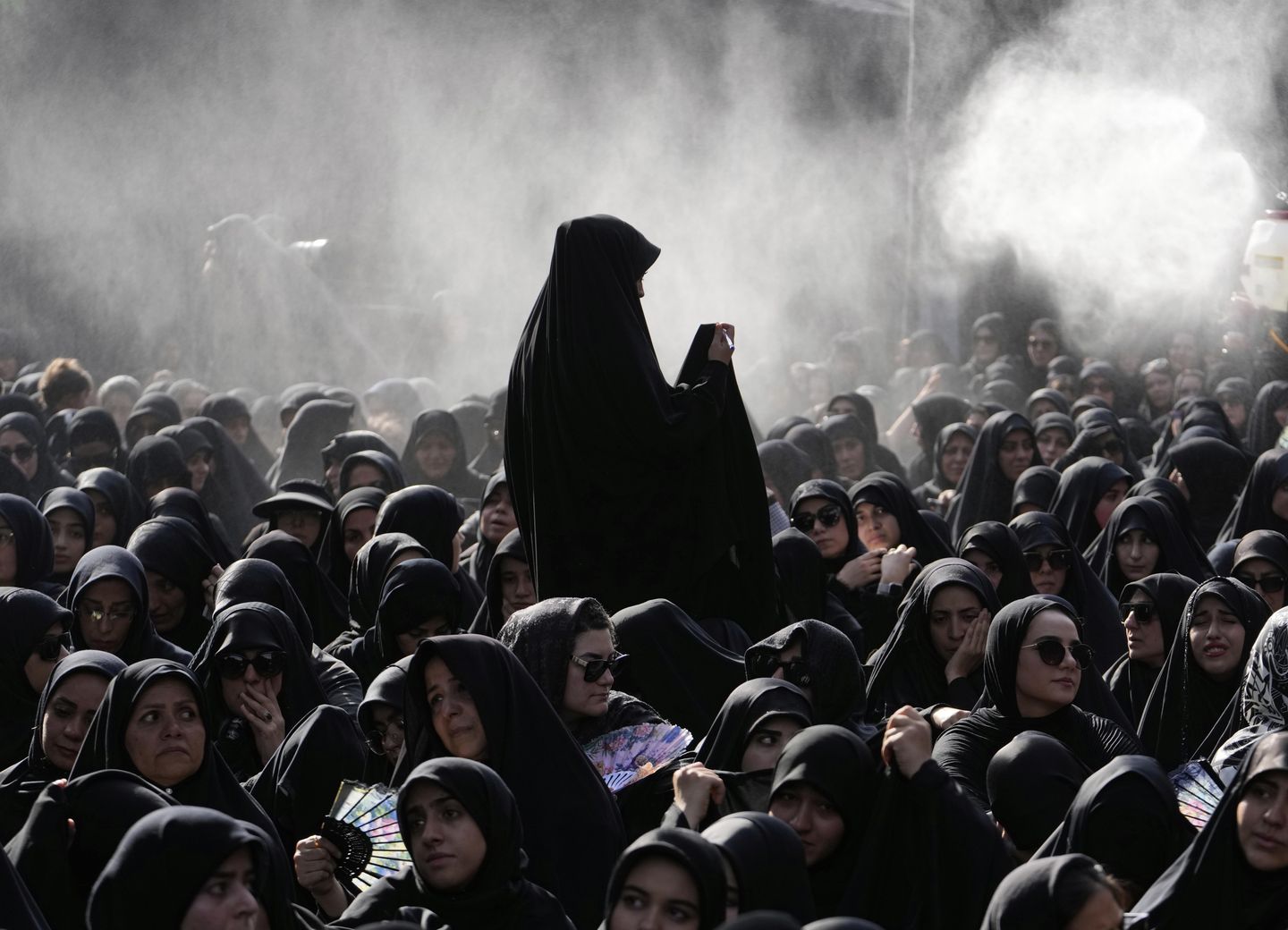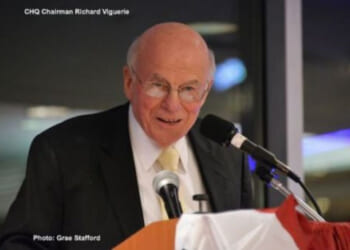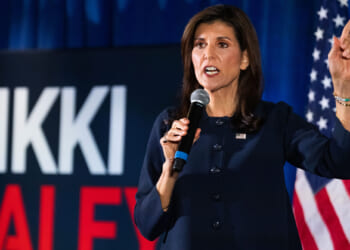
Iran’ s Supreme Leader Ayatollah Ali Khamenei on Saturday made his first public appearance since the 12-day war between Israel and Iran began, attending a mourning ceremony on the eve of Ashoura.
The absence of Khamenei during the war had suggested heavy security for the Iranian leader, who has final say on all state matters. State TV in Iran showed Khamenei waving and nodding to the chanting crowd, which rose to its feet as he entered and sat at a mosque next to his office and residence in the capital, Tehran.
There was no immediate report on any public statement made. Iranian officials such as the Parliament speaker were present, and such events are always held under heavy security.
The 86-year-old had spent the war in a bunker as threats to his life escalated.
After the U.S. inserted itself into the war by bombing three key nuclear sites in Iran, U.S. President Donald Trump sent warnings via social media to Khamenei that the U.S. knew where he was but had no plans to kill him, “at least for now.”
On June 26, shortly after a ceasefire began, Khamenei made his first public statement in days, saying in a pre-recorded statement that Tehran had delivered a “slap to America’s face” by striking a U.S. air base in Qatar, and warning against further attacks by the U.S. or Israel on Iran.
Trump replied, in remarks to reporters and on social media: “Look, you’re a man of great faith. A man who’s highly respected in his country. You have to tell the truth. You got beat to hell.”
Iran has acknowledged the deaths of more than 900 people in the war, as well as thousands of injured. It also has confirmed serious damage to its nuclear facilities, and has denied access to the sites for inspectors with the U.N. nuclear watchdog. Israel also targeted defense systems, high-ranking military officials and atomic scientists.
In retaliation, Iran fired more than 550 ballistic missiles at Israel, most of them intercepted, but those that got through killed 28 people and caused damage in many areas.
On Saturday, Khamenei hosted a remembrance of the 7th century martyrdom of the Prophet Muhammad’s grandson, Hussein.
Shiites represent over 10% of the world’s 1.8 billion Muslims, and they view Hussein as the rightful successor to the Prophet Muhammad. Hussein’s death in battle at the hands of Sunnis at Karbala, south of Baghdad, created a rift in Islam and continues to play a key role in shaping Shiite identity.
In predominantly Shiite Iran, red flags represented Hussein’s blood and black funeral tents and clothes represented mourning. Processions of chest-beating and self-flagellating men demonstrated fervor. Some sprayed water over the mourners in the intense heat.












